U.S. Fuel Rollback Earns Pushback From Scientific Advisory Board

The Environmental Protection Agency’s (EPA) Scientific Advisory Board (SAB) is once again applying pressure on the Trump administration’s proposed fuel economy rollback. Similar to the complaints issued by a coalition of scientists back in March of 2018, the board expressed concerns that significant weaknesses exist in the analysis underpinning the plan that should be addressed before any rules are made final. A draft report was circulated earlier in the week, with the SAB scheduling a public meeting meeting on January 17th.
“[The] EPA always appreciates and respects the work and advice of the SAB,” the U.S. regulatory agency said in a statement. “When implemented, the [rollback] will benefit all Americans by improving the U.S. fleet’s fuel economy, reducing air pollution, and making new vehicles more affordable for all Americans.”
Much of the current administration’s reasoning for embracing the rollback is to reduce pressure on manufacturers and the economy. While sales hiccups in Europe and China have left many wondering about the ability of various markets to endure swift and sweeping environmental regulations, there’s little to suggest a rollback would do much (if anything) to improve air quality. The EPA hasn’t done much to refute this, either. The bulk of its focus has been on maintaining industrial jobs, affordable vehicle options, customer choice, and safety.
The administration’s latest draft of the plan seeks to cap fleet-wide fuel efficiency requirements at roughly 37 miles per gallon after 2020. Obama era rules have that number heading toward 50 mpg through 2025, though the EPA has previously called the targets arbitrary and not in line with market or technological realities. Unfortunately, the majority of SAB members feel like that distinction was made without adequate scientific reasoning.
The New York Times spoke with Peter Wilcoxen, professor of public administration at Syracuse University, to get a better understanding of the SAB’s gripes:
Mr. Wilcoxen chaired the working group that reviewed the E.P.A.’s rollback of automobile tailpipe emission standards and said the agency’s analysis had several well-known “core flaws.”
One of the primary problems, he said, is that the E.P.A., in an unusual move, used a flawed economic model that had not been reviewed either internally by federal agencies or in the academic literature. That model found what Mr. Wilcoxen described as the “really improbable” results that relaxing Obama-era gas mileage standards would lead to a significantly smaller fleet of vehicles despite the model’s prediction that the vehicles would be cheaper.
That assumption helped drive the Trump administration’s argument that its rule would lead to fewer cars on the road and therefore fewer planet-warming emissions.
“They ended up with this result that basically violated introductory economics,” Mr. Wilcoxen said.
As usual, the environmental and economic beliefs of these groups appear to be completely at odds with each other. For many, choosing a side has more to do with one’s priorities than wisdom. Do you keep the focus nailed down to environmental policy, despite the potential of that creating issues for consumers and uncertainty within the market? Or is it best to push them out of the way to make sure people continue to have access to vehicles they’ll actually buy while cutting manufacturers a regulatory break in the United States?
[Image: Siripatv/Shutterstock]

A staunch consumer advocate tracking industry trends and regulation. Before joining TTAC, Matt spent a decade working for marketing and research firms based in NYC. Clients included several of the world’s largest automakers, global tire brands, and aftermarket part suppliers. Dissatisfied with the corporate world and resentful of having to wear suits everyday, he pivoted to writing about cars. Since then, that man has become an ardent supporter of the right-to-repair movement, been interviewed on the auto industry by national radio broadcasts, driven more rental cars than anyone ever should, participated in amateur rallying events, and received the requisite minimum training as sanctioned by the SCCA. Handy with a wrench, Matt grew up surrounded by Detroit auto workers and managed to get a pizza delivery job before he was legally eligible. He later found himself driving box trucks through Manhattan, guaranteeing future sympathy for actual truckers. He continues to conduct research pertaining to the automotive sector as an independent contractor and has since moved back to his native Michigan, closer to where the cars are born. A contrarian, Matt claims to prefer understeer — stating that front and all-wheel drive vehicles cater best to his driving style.
More by Matt Posky
Latest Car Reviews
Read moreLatest Product Reviews
Read moreRecent Comments
- Bd2 Dark Brandon is doing a great job for the US. I hope he can run for a third term.
- Dave M. My hipster daughter is greatly into it. We watched the race together this weekend. It was interesting but I'm not devoted to it like she is. She'll be at the Austin race in October.
- Bd2 If I had time to watch other people driving, then I would go for LMP.
- Steve Biro There are 24 races on this year’s F1 schedule. And I guarantee you no more than two will be reasonably exciting, Meanwhile, F1’s reception for Andretti reveals the dark underbelly of the sport. I have followed F1 since the 1960s and, frankly, I am running out of interest. I’ll catch a race if it’s convenient but won’t bother DVRing them.
- YellowDuck Been watching since the 80s, seriously since the 90s once we had reliable TV coverage. I'm in Canada though. Hey, and don't forget that the Interlagos race is also in a convenient time zone, as is Mexico. So that's 5 races in the Americas. Absolutely love it, but it takes a bit more interest in the technical / strategic side of things to really appreciate it. It's not just going fast in circles until someone crashes into someone else, while drunk people watch. The US can be proud of what it has contributed - Austin is one of the best tracks on the calendar, Vegas turned out to be much better than anyone could have hoped, and even Miami - a real Indy car-style track - produced a good race this year.




















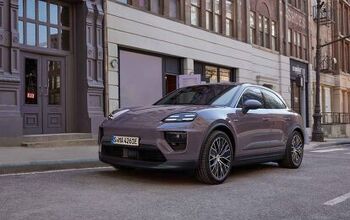


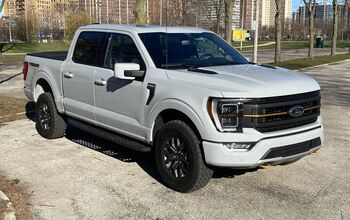
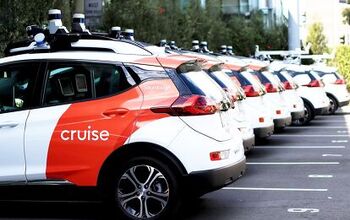

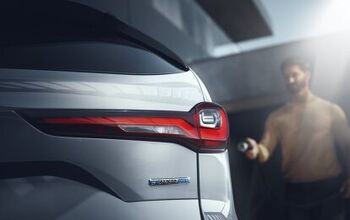
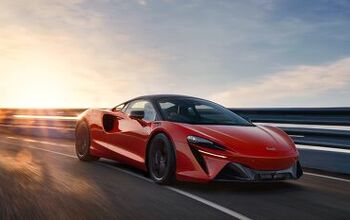
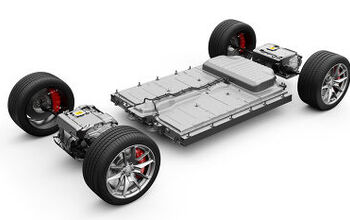
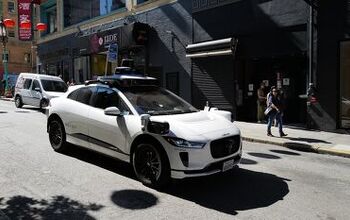
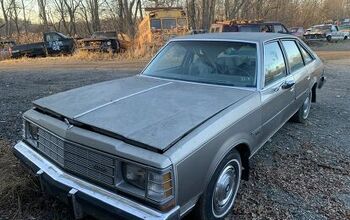
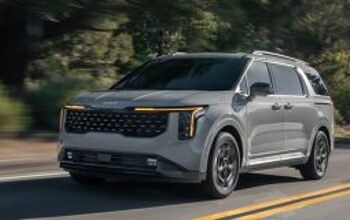
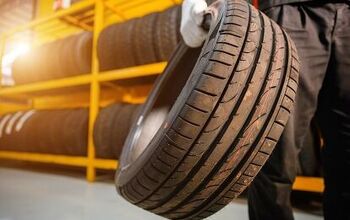

Comments
Join the conversation
Just drive less - use less gas! Easiest way to cut back.
I have done just that, total mileage that I drive in a year is about 3k to 4k and that is combined for all my vehicles. I take the park and ride once a week to the office and the rest of the time I work from home and I combine all my trips. Unfortunately those of us that drive less are the minority.